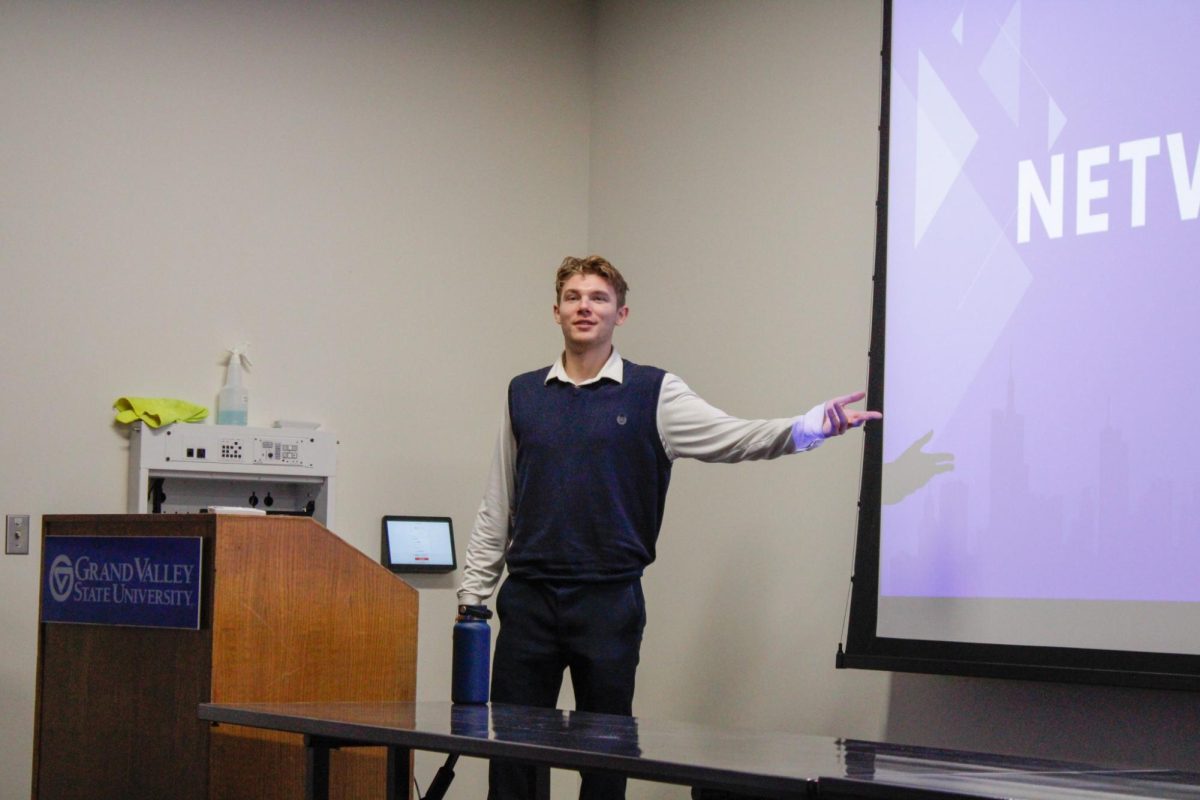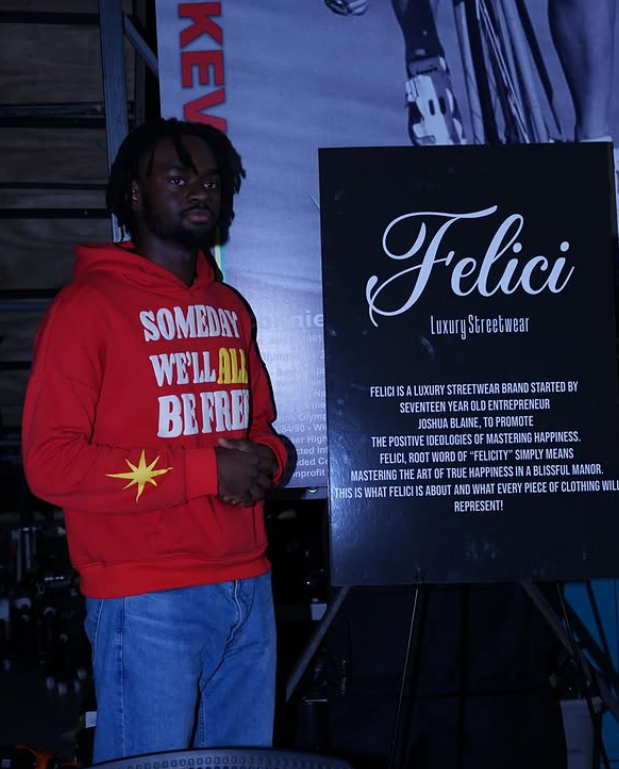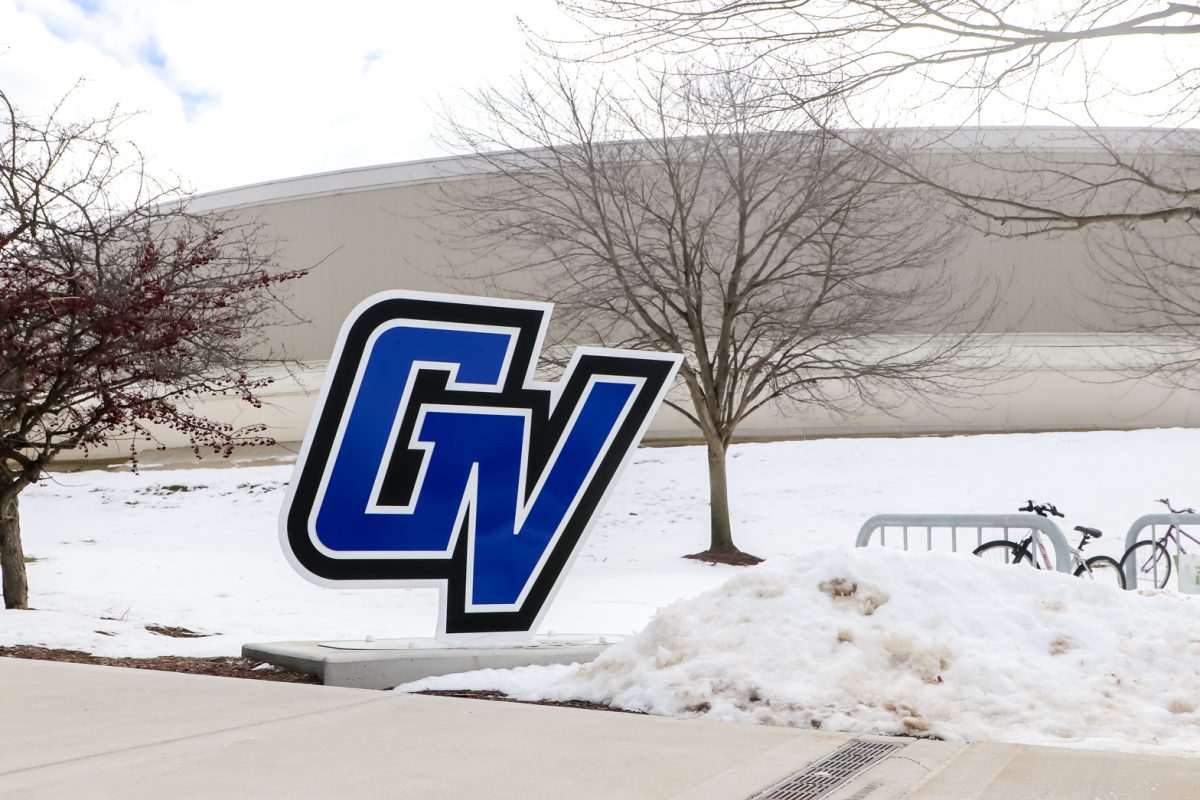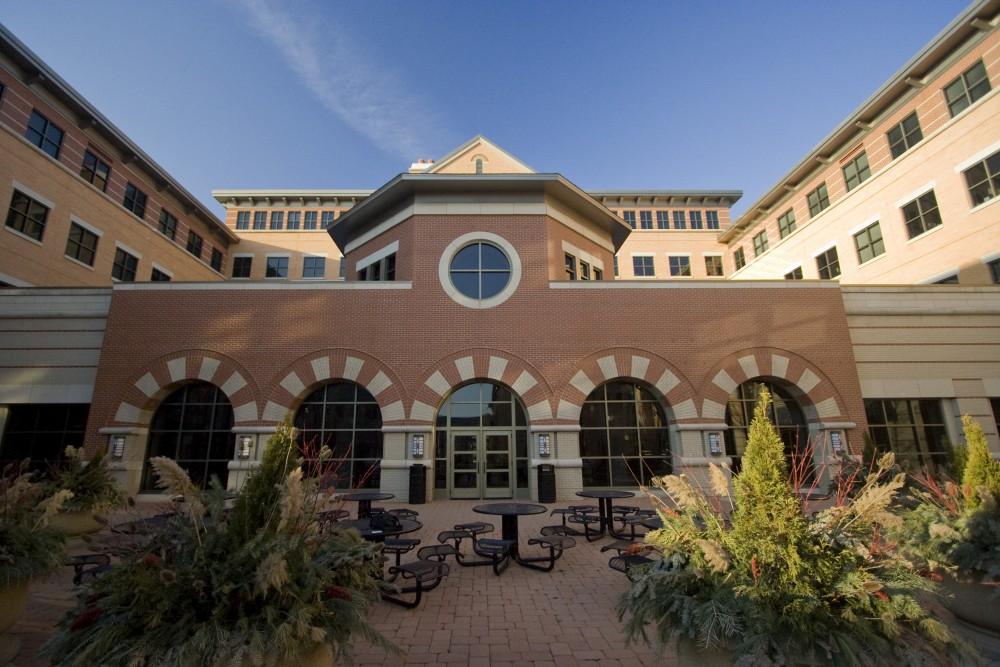Large-scale discussions of climate solutions spark concern, local summit inspires hope
Nov 1, 2021
Sunday Oct. 31 marks the beginning of the 12-day 2021 United Nations Climate Change Conference (abbreviated to COP26) in Glasgow, Scotland. The participating nations will be talking about promises made in the past, setting new goals for the future and discussing ongoing anxieties and concerns. These topics are relevant to literally everyone on the planet, but as members of the generation that’s inheriting the Earth, students in the Grand Valley State University community need to be keyed into the conversations happening in Glasgow, right now.
Climate change was also a part of this year’s G20 summit, which concluded on Sunday. As explained by the New York Times’ Somini Sengupta, leaders attending COP26 have been given a straightforward goal: halve greenhouse gas emissions in eight years. But things appear to be off to a lackluster start, as leaders from some of the biggest polluters– Russia’s Vladimir Putin and China’s Xi Jinping– will not be attending in person.
However, the powerhouse, industrialized nations that will show up to COP26 have their hands full with other, prior commitments, like paying poorer countries the $1 trillion they were promised back in 2010. The full amount was meant to be paid by 2020, but won’t be for three more years. Reparations for damage already done by climate change, according to Sengupta, are also being discussed.
However, there are plenty of climate change strategies being talked about on the domestic front; the White House’s Oct. 28 Build Back Better framework, which primarily focuses on centering the needs of the middle class, will be pitched to Congress and ostensibly used as a guide to inform future legislation.
Amidst the jargon, the framework includes a section on climate change solutions; Build Back Better promises to cut greenhouse gas emissions by one gigaton by 2030 and invest $555 billion in the “clean energy economy,” which involves revamping infrastructure to make room for clean power, investing in smart agriculture, and repairing infrastructure damaged by climate change.
The framework also promises rebates and tax credits to middle-class families, which will lower the cost of installing rooftop solar panels and purchasing electric cars; grow the clean energy industry; incentivize cleaner practices in existing energies. The tax credits and rebates are eerily similar to PACE, a program that was exploited by unsavory parties.
However, despite the strengths and weaknesses of some of its proposed strategies, the framework might not drive much progress, as it’s lacking strong support from some key players. News like this does not inspire much optimism, but on a local level, there are upcoming opportunities for members of the GVSU to learn and promote sustainable practices.
GVSU’s Climate Change Education Solutions Network is hosting the Climate Change Education Solutions Summit 2021 from Nov. 3-5. Besides reducing your own carbon footprint, another important facet of combatting climate change is making informed decisions as a voter; this summit is an opportunity for GVSU students to learn more about the problems that climate change poses, and the potential solutions.


























